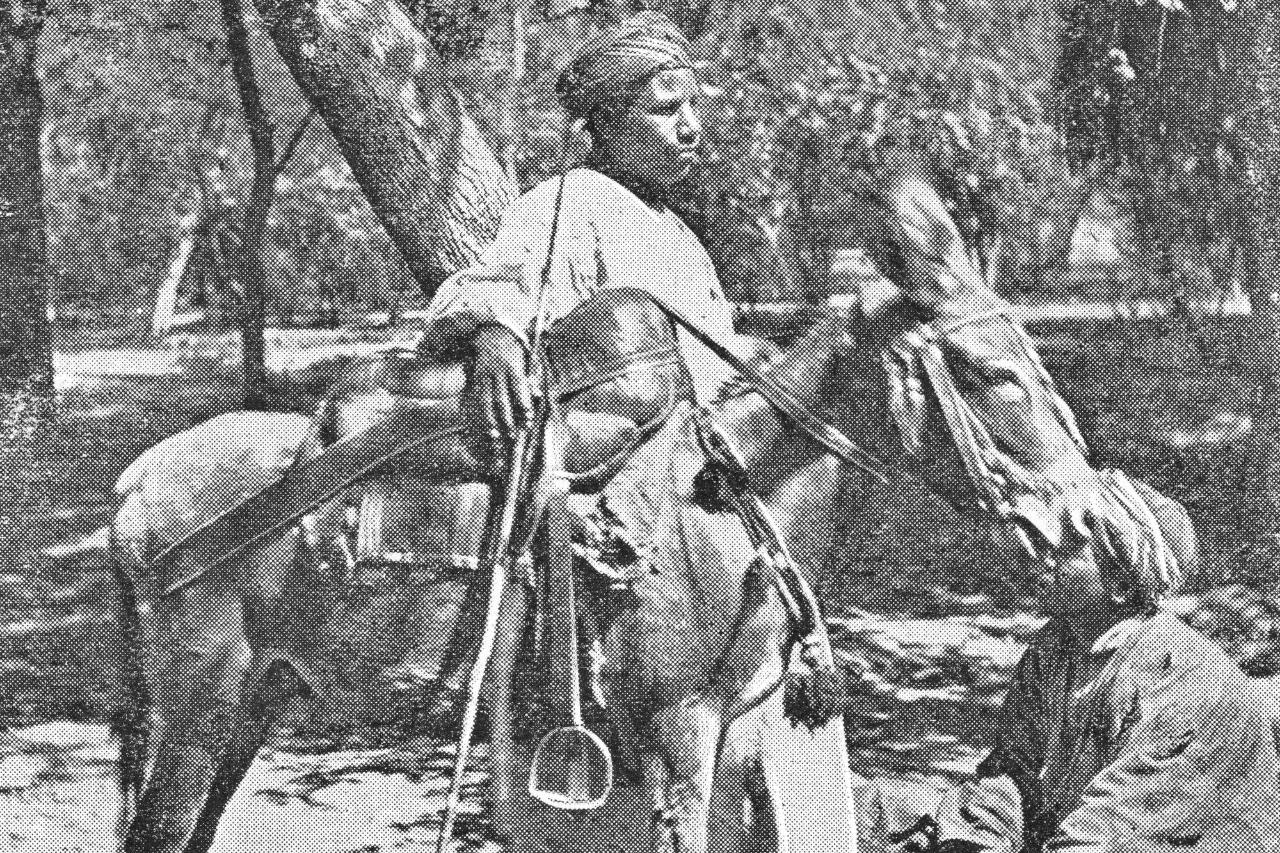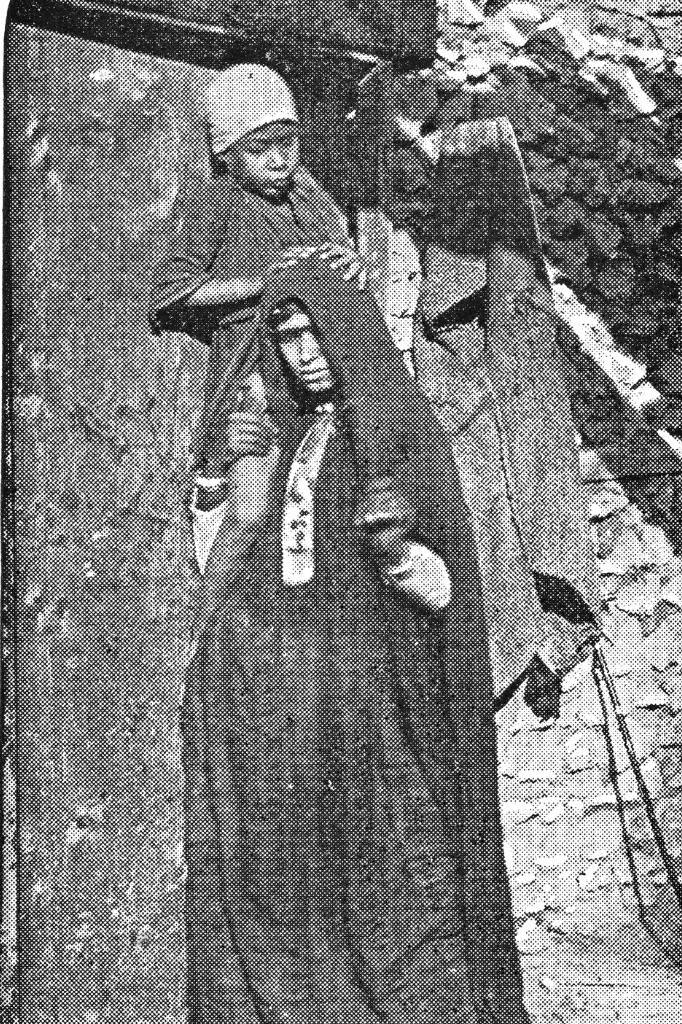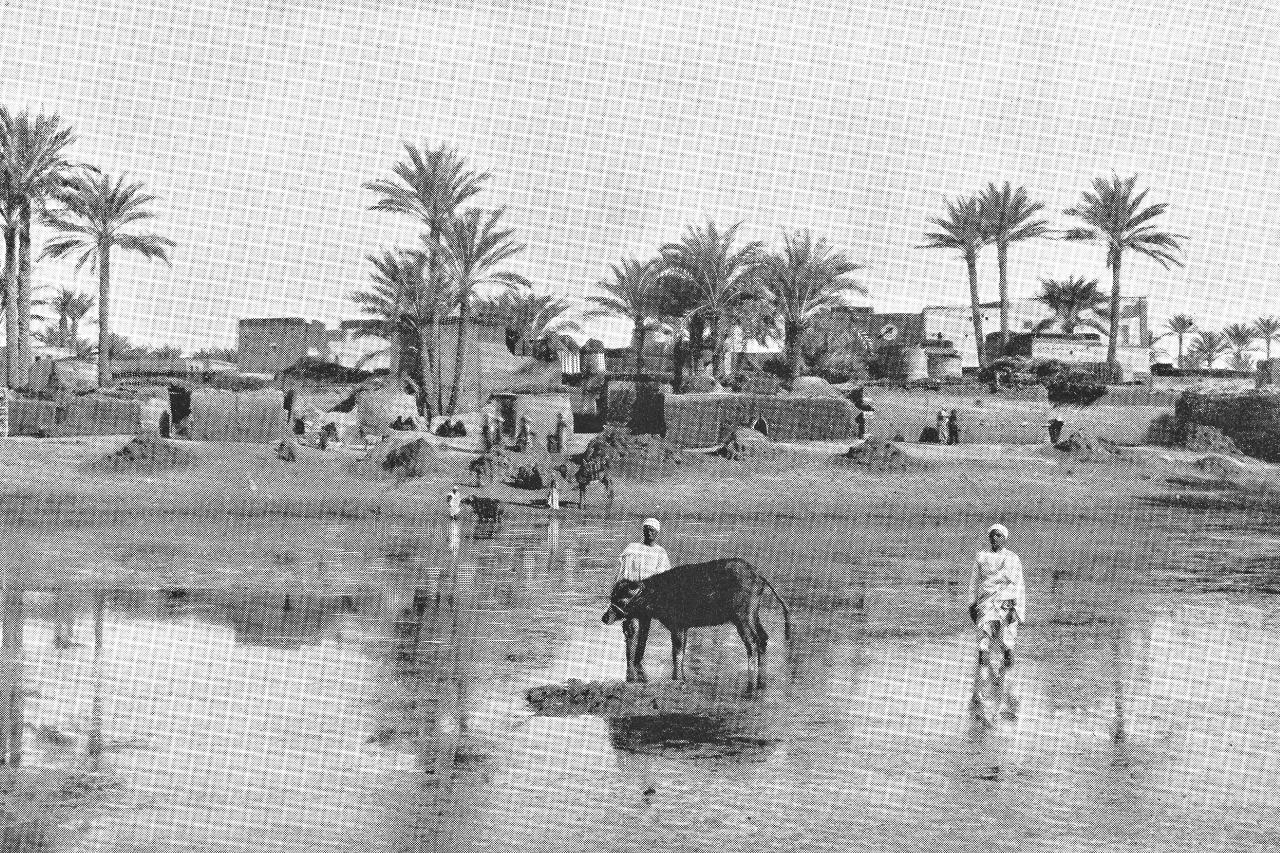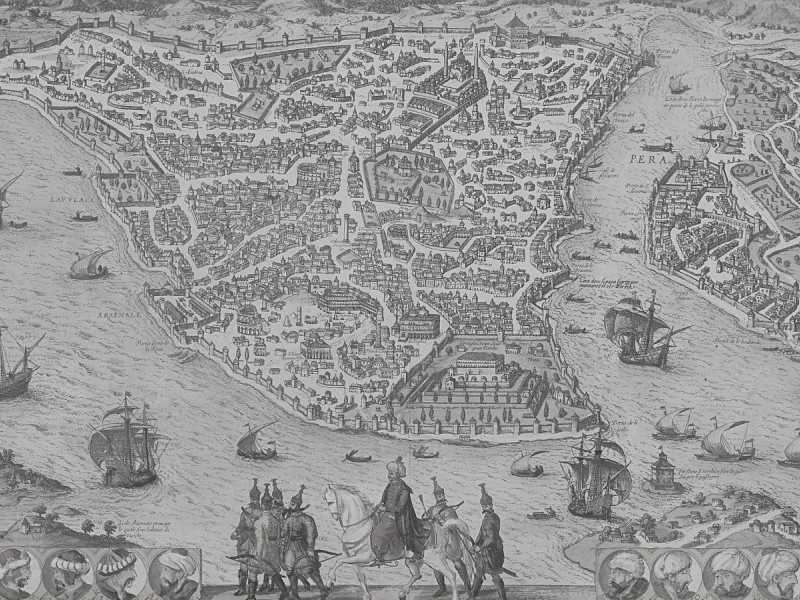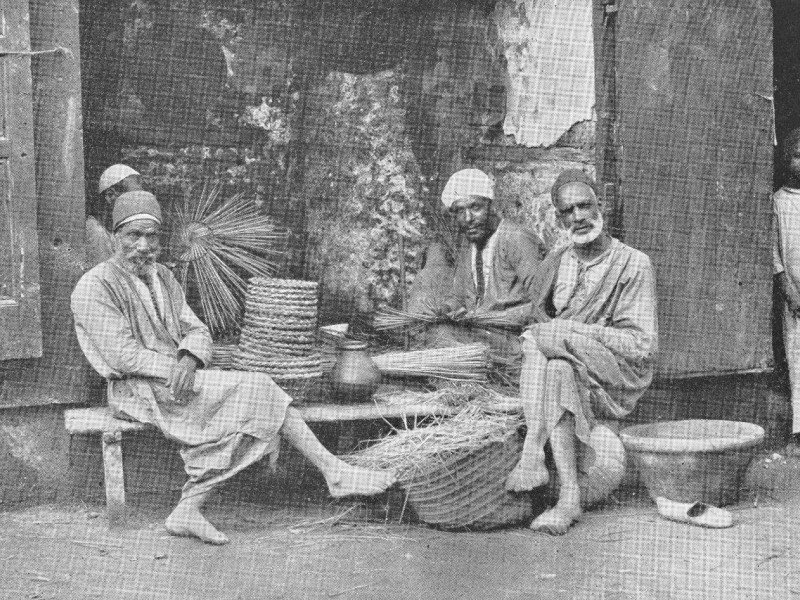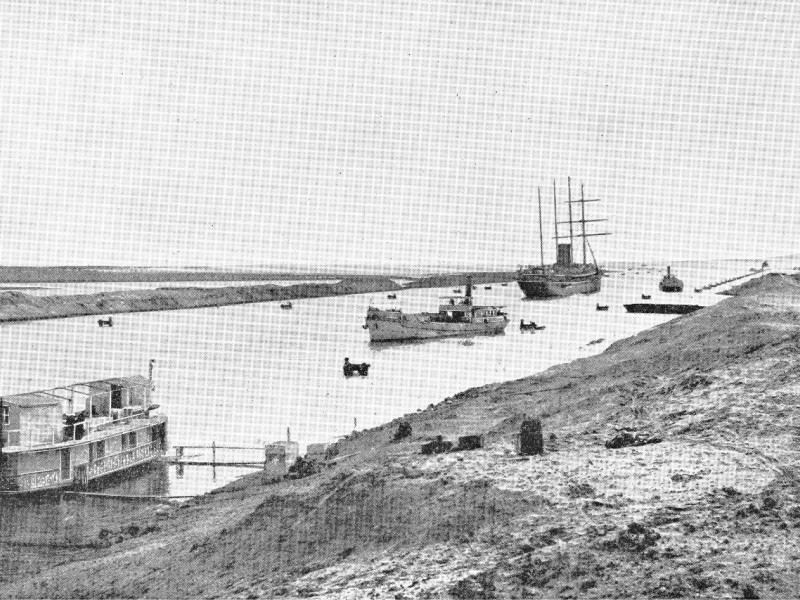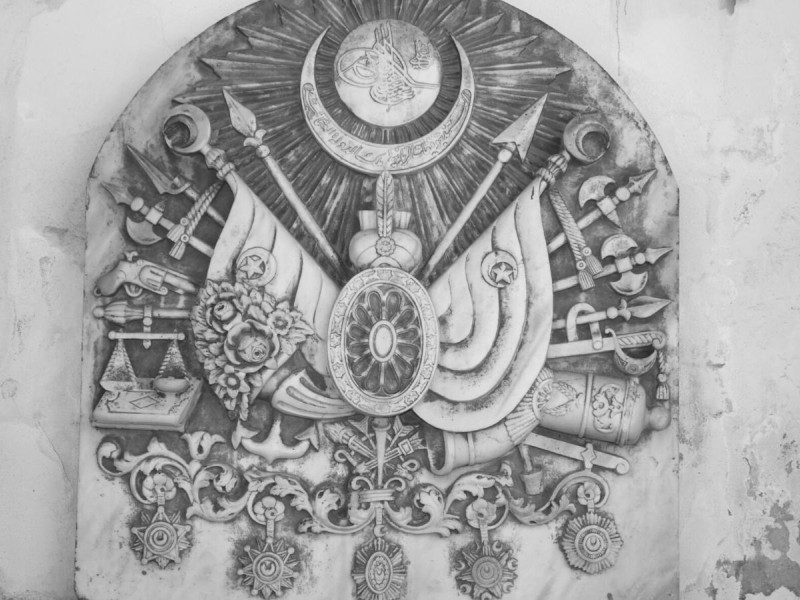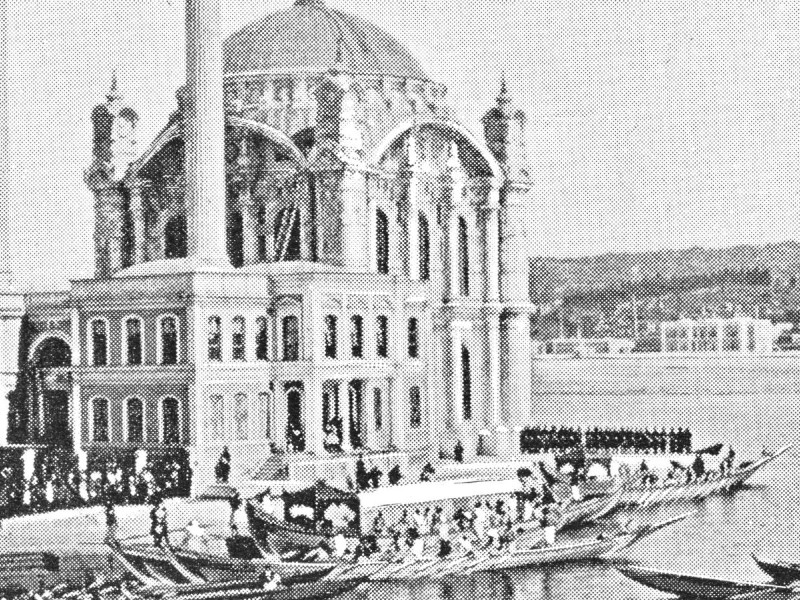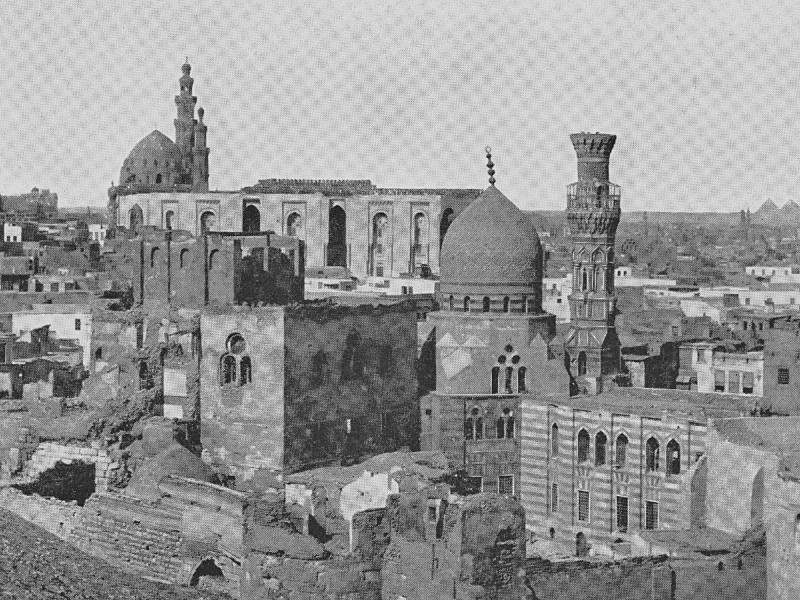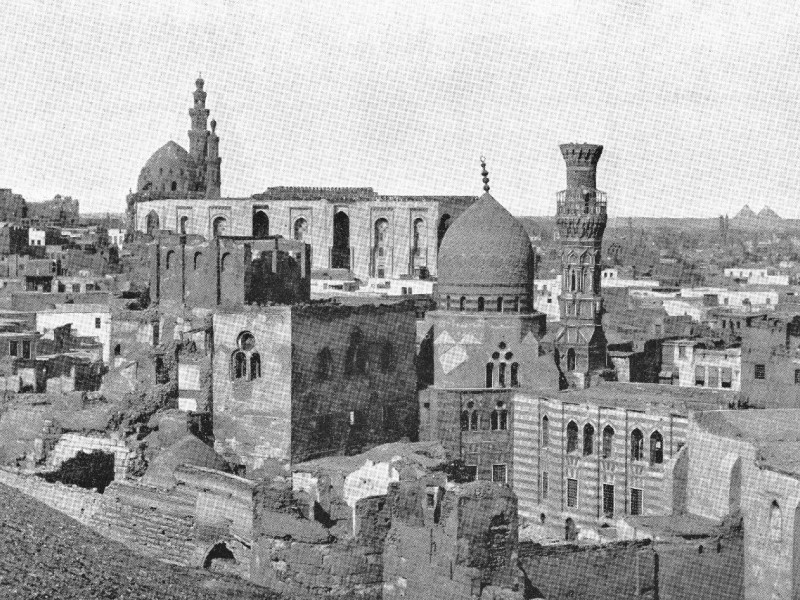The Ottoman Empire's Social Structure: The Reason Behind the Empire’s Fall
The Ottoman Empire's social structure was integral to the nation and was strictly enforced. From its humble beginnings to its dynastic rule, the people eventually became arrogant and did not really care for the well-being of anyone but themselves.
One of the reasons for such rudeness was the introduction of huge amounts of wealth in society.
In this article, we bring you a comprehensive stance on the social structure and state of living inside the Ottoman Empire.
Social Structure of Ottoman Empire
The social structure of any empire is its way of living. The people of the Earth are unfortunately distributed into different statuses and levels which define their standing in society.
These differences could be based on color, caste, wealth or even body morphology. Many rebellions and risk-takers in history have tried to demolish the social structure of the world, but most were in vain.
Some might argue that a social structure is rather a most important pillar of a civilized society. The reason for this is that if there were no social constraints, people who keep different lifestyles would mix and this would only create chaos. Nevertheless, the inadequacies of social structures have been present in our world since the ancient times and will probably remain so until the end.
Social Hierarchy of the Ottoman Empire
The Ottoman Empire was built on justice and equality, but it soon devolved into chaos. People were hungry for power and did whatever they could to grab it. At the peak of the Ottoman Empire in the 16th century, the empire was being run over a dynasty rule. Let’s take a closer look at the Ottoman hierarchy and Ottoman Empire societal infrastructure of that era.
At that time, the men were governing the state under the command of a Sultan. This is also the period when the women of the Ottoman Empire had great influence over political decisions. This was because the men were mostly at war and only the women were back in the state.
Nevertheless, a strict social structure was followed in the empire and no one was allowed to step out of it.
In this section, we discuss various facets of the social structure of the Ottoman Empire:
The Male Society
In Ottoman society, males were the dominant characters. In every field of work and life, men were given the utmost priority and status. The social systems of the world have surely been largely male-dominant and the Ottoman Empire was no different. The males took pride in their freedom and status.
Every society is filled with people of good and bad nature. The good men were helpful to their wives, kind to their daughters and respectful to other women.
At the same time, the bad men were vultures and degraded women whenever they possibly could. There are many instances in the history of the Ottoman Empire where men have been punished because of their misdemeanor and misconduct towards women.
The Ottoman social classes of the empire in regards to gender identity always kept the males above the females. The Sultan was at the top, then came his sons, the viziers, the soldiers, the professional men and then the men who did nothing. This was the trend that was followed throughout the Ottoman empire.
The Female Society
Despite the females being under the men, they also had their own social hierarchy amongst themselves. The Queen mother and the Queen were most of the time fighting over power.
The Sultanate of women is an exceptional period in the Ottoman Empire society. It portrays how the women of the royal Harem inside the palace manipulated the men around them and caused trouble.
They fought with each other and also kept the power of ordering the beheading of any women they deemed necessary. After the queens came the daughters of the Sultan and then the maids and the women living outside the palace. It was all a game of who was closest to the Sultan.
The entire social structure of the Ottoman Empire regarding women was cruel and dynamic. There were instances when a mere maid was made queen just because the Sultan fell in love with her. This brought a sense of jealousy inside the Harem. If we look outside the palace, the social structure was based on whose husband or father had the most money.
Religions of the Ottoman Empire
The Ottoman Empire was a mixture of two important religions: Islam and Christianity. The Muslims were in the greater majority, so the state was deemed as an Islamic state. The social structure was tilted in the favor of the Muslims because they were sitting in power. The Christians were considered outcasts.
This religion-based bias was seen at different levels in different parts of the empire. In some towns, both groups lived in harmony and peace, whereas in other parts of the empire, they were ready to murder each other.
Differences on the Basis of Color
Among many other things, racism was an issue in the Ottoman Empire. The people were judged on the basis of the color of their skin. It was a part of their culture and was rooted so deep in the minds of the people that they could not do anything about it.
The people with darker skin tones were thought to be trouble makers and were not given good wages or jobs. On the other hand, people with zero talent but lighter skin tones were considered to be good people. This racial injustice was not penalized in the empire of the Ottomans.
Differences on the Basis of Profession
In the Ottoman Empire, the social structure regarding men of profession was very visible. First of all, the women were not a part of it because they were not allowed to trade openly. Secondly, this category started below the ranks of the royals.
The different social statuses based on the type of profession in the Ottoman Empire were divided into four main categories:
1. Men of the Pen
These men were scientists, lawyers, judges and poets. They can also be called men who were highly educated.
2. Men of the Sword
These men were the brave soldiers who guarded the Sultan and his empire.
3. Men of Negotiation
These were the merchants, tax collectors and artisans.
4. Men of Husbandry
The last category is that of the farmers and herders.
The Fall of the Ottoman Empire Structure
An unequal social structure is like a bad brick in a wall or a bad fish in a pond. Eventually, the structure would crumble.
Around the 19th century, the Ottoman Empire was in a deep problem. The government had not been functioning properly due to various reasons, leaving the empire on the brink of falling apart. The empire was in massive debt and the treasuries were empty.
With a push from external forces, the empire fell and its government was dissolved. This was a big letdown to the people of the state. Now the empire was up for grabs and neighboring countries were taking their share.
One of the biggest reasons for the downfall of this empire was the social injustice of the living classes. The social structure plays the role of a backbone in the prosperity of the society. Unfortunately, the nation’s backbone broke due to injustice, factoring in to the fall of the empire.
History
The social structure inside the Ottoman Empire was an interesting one and bears a lot of resemblance to the earlier dynasties and their ways of living. To fully understand their social structure, we must also learn how they started.
The Rise of the Ottoman Empire
The Ottoman Empire came into being in the 13th century when Osman I of the Kai tribe united the nearby villages in Anatolia. He asked for their service in spreading the word of their religion, Islam. The villages came together to expel the Crusaders and the Mongols from their lands. Osman laid the foundation of the Ottoman Empire, which would become one of the world’s most famous empires.
The empire started with people living in tents. They ate what they caught that day and drank the water from the nearest river. This all changed when the empire started rising up in the world. The leaders made sure that the empire became financially strong.
With the passage of time, the leaders of the tribe became the Sultans and the dynastic period of the Ottoman Empire began. The empire was adorned with magnificent palaces, government offices, tourist spots and gardens. The common people also built stone houses for themselves and the overall condition of the empire changed for the better.
Social Structure of Ottoman Empire Today
Today the Ottoman Empire is known as Turkey. If we look at the social structure of the country, we can see some great changes. The country is still run under Islamic law, but the nation is secular. It is the hub of multi-cultural people and also prides itself in being unprejudiced over different races and castes.
Conclusion
The Ottoman Empire was a great empire but fell due to problems in its social structure and also the corrupt people sitting in power.
The social structure of the Ottoman Empire was largely based on several factors.
These factors included wealth, race, religion and profession.
The men were always superior to the women in the Ottoman Empire.
The social structure started with the Sultan as the head and ended with the farmers and peasants.
The social structure is the most important brick in the wall of an empire.
The story of the Ottoman Empire serves as a guideline for the generations of the time.
